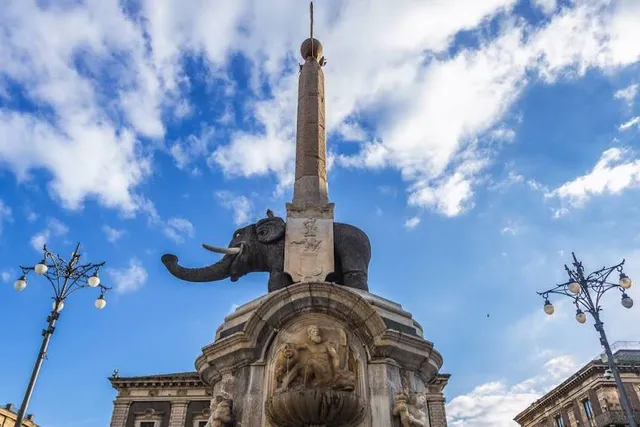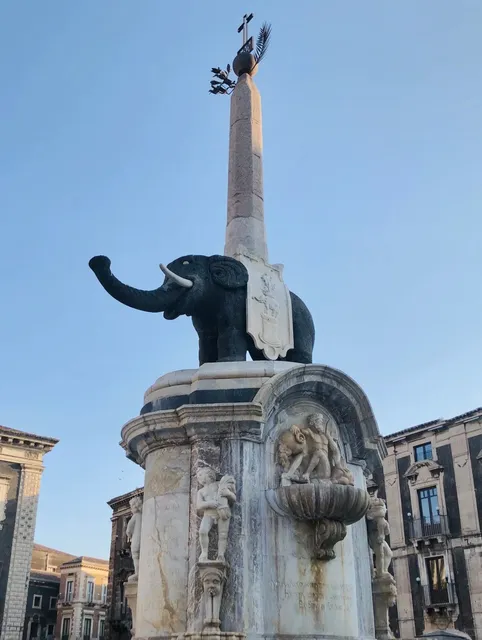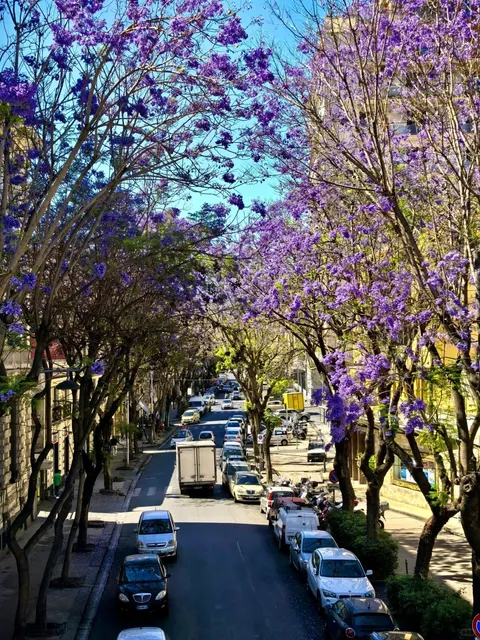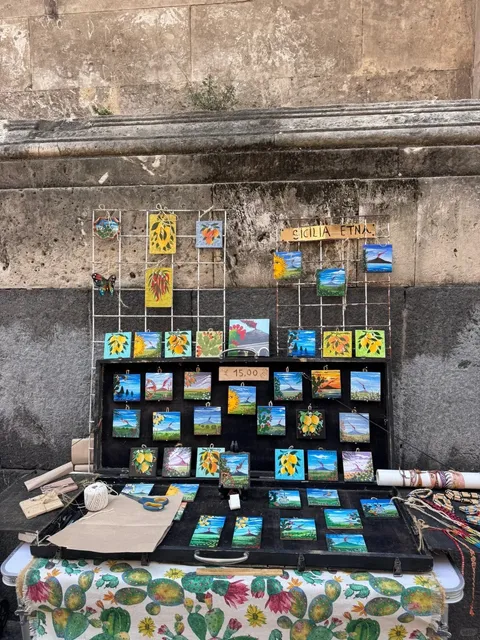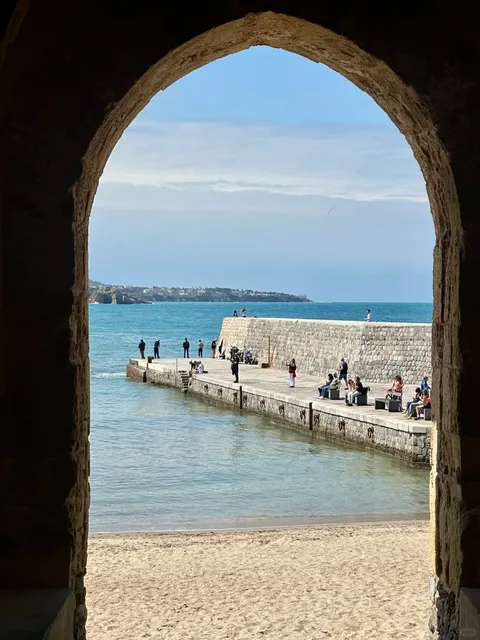Fountain of the Elephant things to do, attractions, restaurants, events info and trip planning
Basic Info
Fountain of the Elephant
Piazza del Duomo, 95124 Catania CT, Italy
4.7(4.7K)
Open 24 hours
Save
spot
spot
Ratings & Description
Info
The Elephant Fountain is a monument located in the center of Piazza del Duomo in the Sicilian city of Catania, designed by architect Giovanni Battista Vaccarini between 1735 and 1737. Its main element is a black basalt statue of an elephant, commonly called u Liotru, which has become the emblem of the city of Catania.
Cultural
Accessibility
attractions: Basilica Cattedrale di Sant'Agata, Piazza Università, Fontana dell’Amenano, Chiesa della Badia di Sant'Agata, Palazzo degli Elefanti, Porta Uzeda, Greek - Roman theatre, Museo Diocesano di Catania, Terme Achilliane, Basilica della Collegiata, restaurants: Il Borgo di Federico, Scirocco Sicilian Fish Lab, DOC - DUOMO OF CATANIA, Antica Sicilia, Caffè del Duomo e Ristorante, Osteria Antica Marina, Ristorante ViQlè, Cuore Fresco Catania (Piazza Duomo), Cascia, Vuciata
 Learn more insights from Wanderboat AI.
Learn more insights from Wanderboat AI.Phone
+39 095 742 1111
Website
comune.catania.it
Plan your stay

Pet-friendly Hotels in Catania
Find a cozy hotel nearby and make it a full experience.

Affordable Hotels in Catania
Find a cozy hotel nearby and make it a full experience.

The Coolest Hotels You Haven't Heard Of (Yet)
Find a cozy hotel nearby and make it a full experience.

Trending Stays Worth the Hype in Catania
Find a cozy hotel nearby and make it a full experience.
Reviews
Nearby attractions of Fountain of the Elephant
Basilica Cattedrale di Sant'Agata
Piazza Università
Fontana dell’Amenano
Chiesa della Badia di Sant'Agata
Palazzo degli Elefanti
Porta Uzeda
Greek - Roman theatre
Museo Diocesano di Catania
Terme Achilliane
Basilica della Collegiata
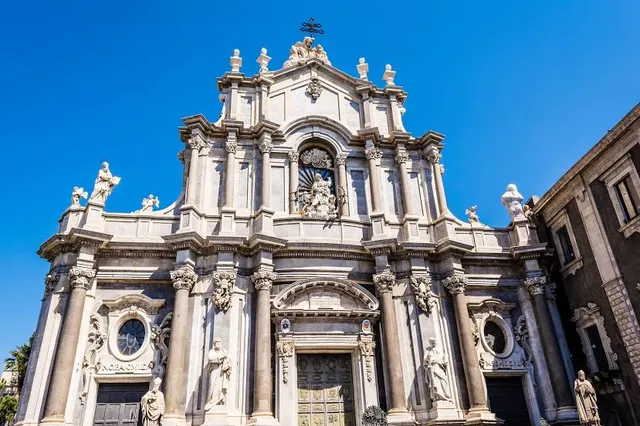
Basilica Cattedrale di Sant'Agata
4.7
(4K)
Open 24 hours
Click for details

Piazza Università
4.6
(3.3K)
Open 24 hours
Click for details
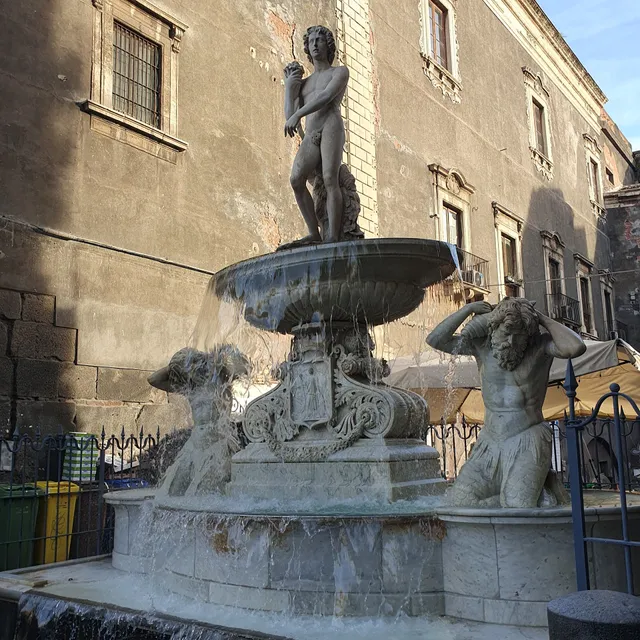
Fontana dell’Amenano
4.6
(276)
Open 24 hours
Click for details
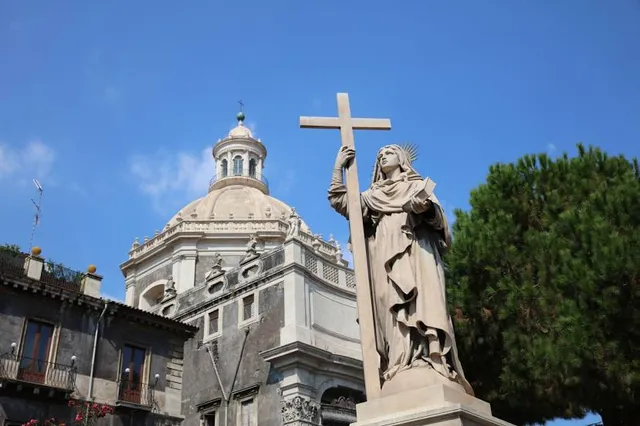
Chiesa della Badia di Sant'Agata
4.7
(608)
Open 24 hours
Click for details
Things to do nearby
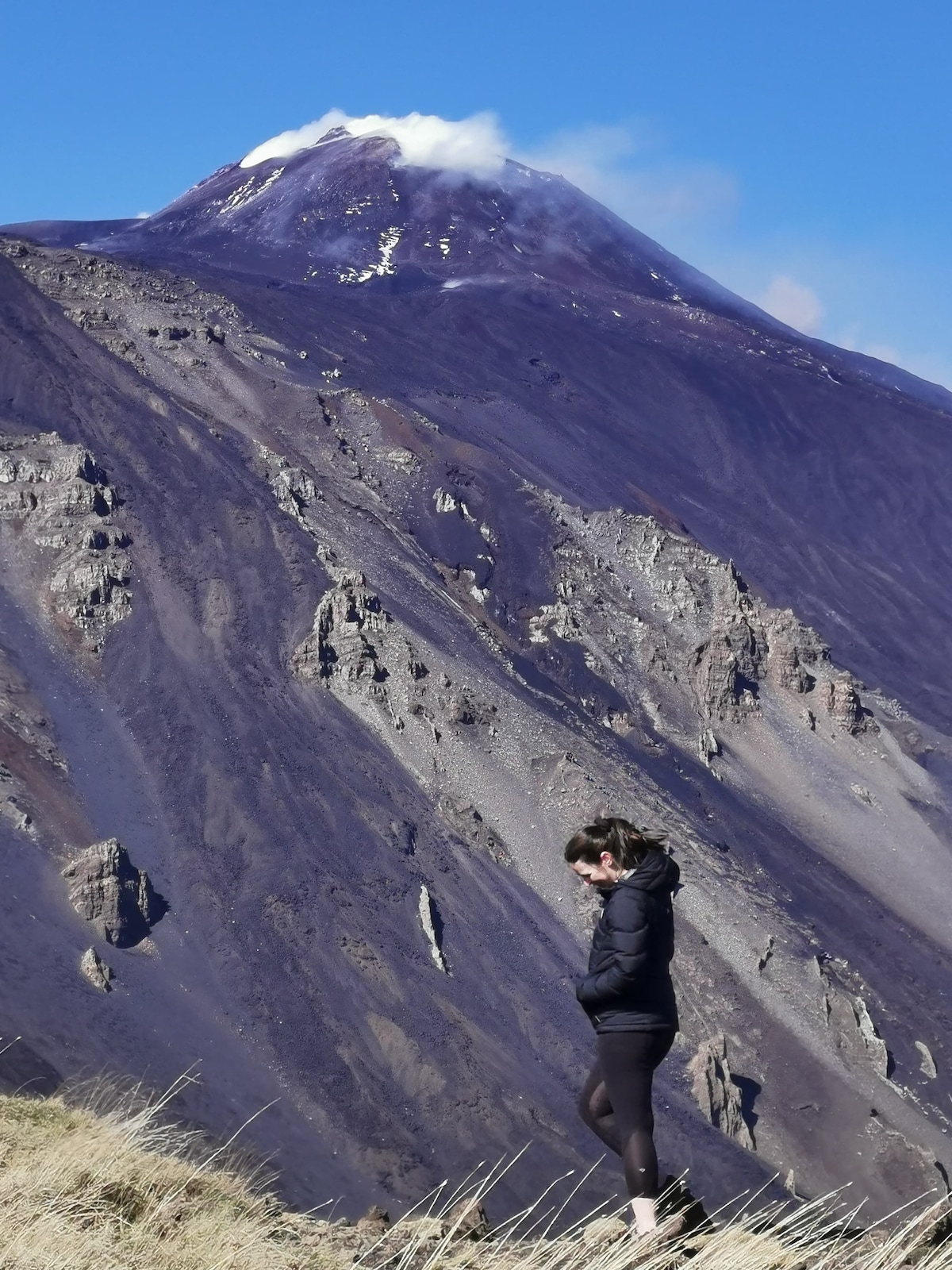
Mount Etna Hike Tour Off the Tourists Path
Tue, Dec 30 • 8:15 AM
95131, Catania, Sicily, Italy
View details
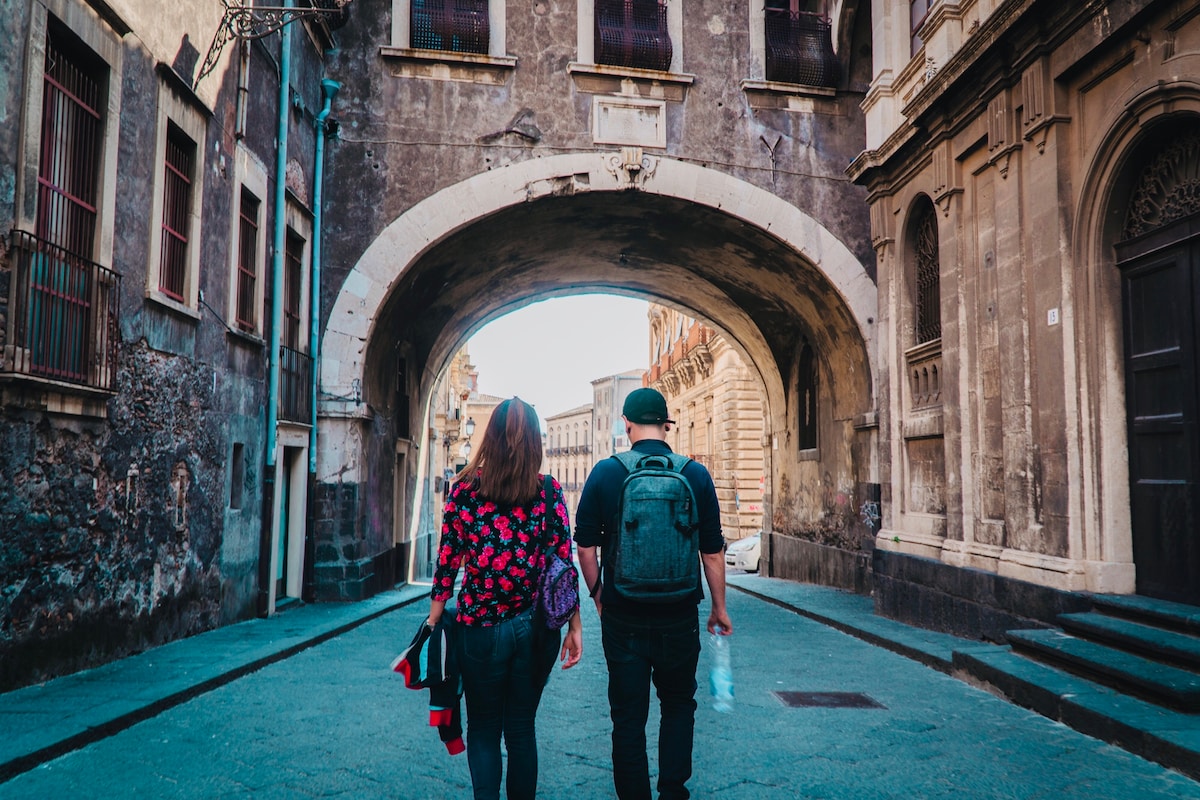
Discover the history and street food of Catania
Wed, Dec 31 • 10:30 AM
95121, Catania, Sicily, Italy
View details

31/12 SIN CT - THE SWEET SIDE OF SIN
Wed, Dec 31 • 9:00 PM
5 Via Gesualdo Clementi, 95124 Catania
View details
Nearby restaurants of Fountain of the Elephant
Il Borgo di Federico
Scirocco Sicilian Fish Lab
DOC - DUOMO OF CATANIA
Antica Sicilia
Caffè del Duomo e Ristorante
Osteria Antica Marina
Ristorante ViQlè
Cuore Fresco Catania (Piazza Duomo)
Cascia
Vuciata

Il Borgo di Federico
4.0
(2.4K)
Click for details
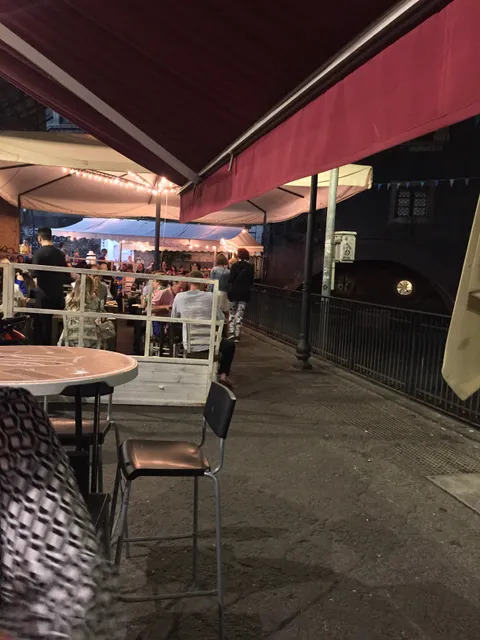
Scirocco Sicilian Fish Lab
4.6
(2.6K)
Click for details
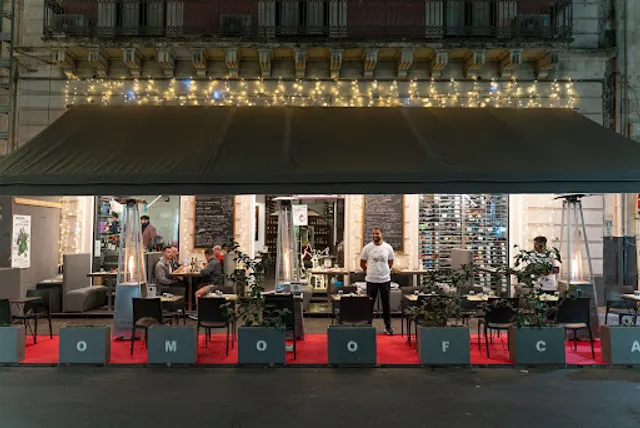
DOC - DUOMO OF CATANIA
4.2
(892)
Click for details
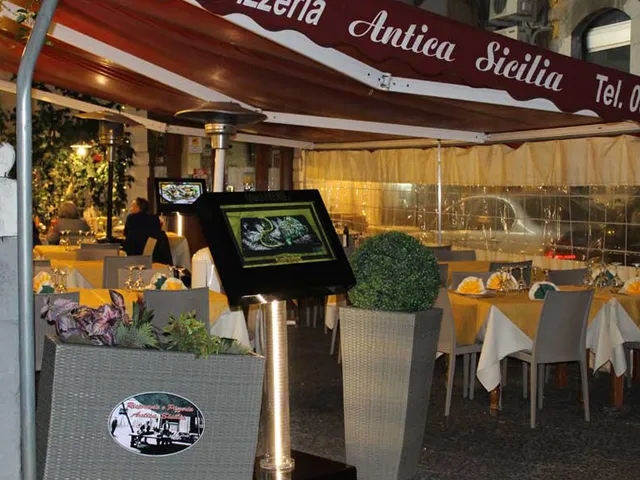
Antica Sicilia
4.1
(1.5K)
Click for details
